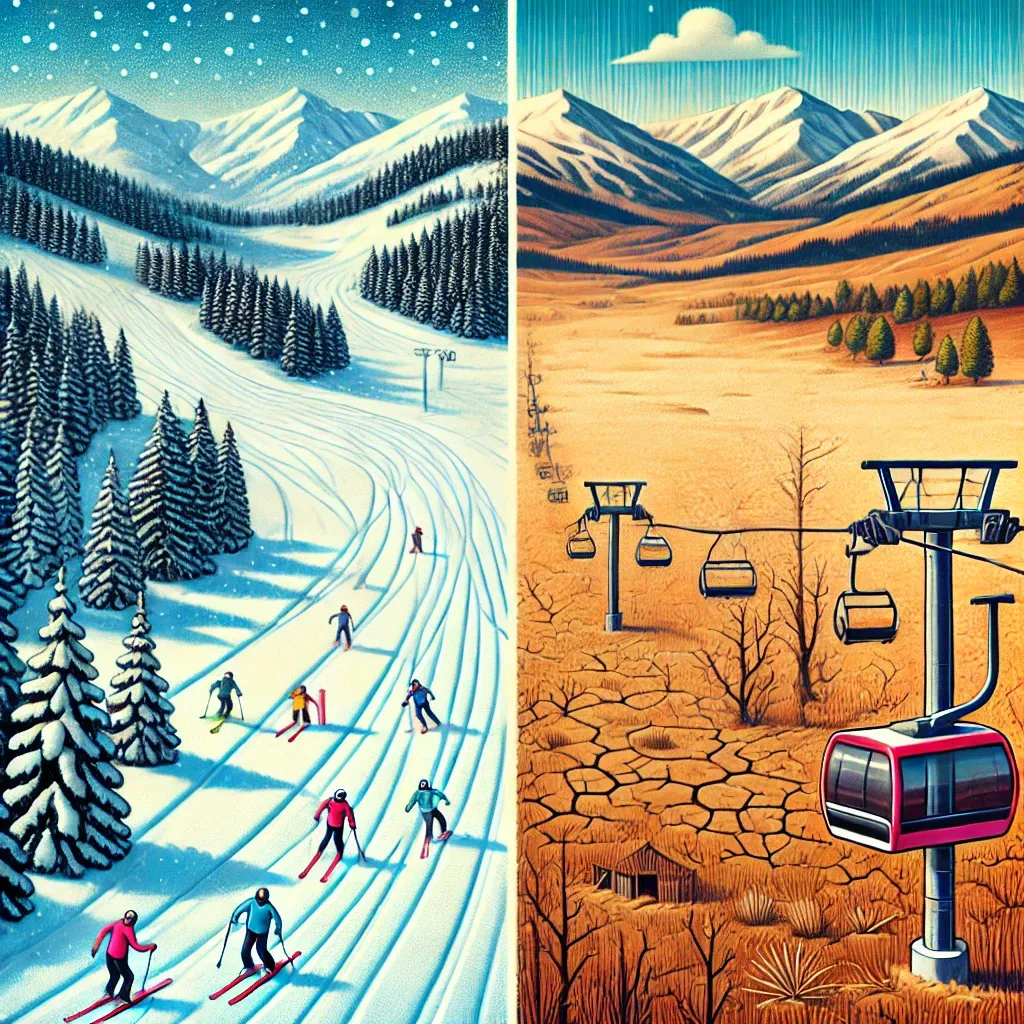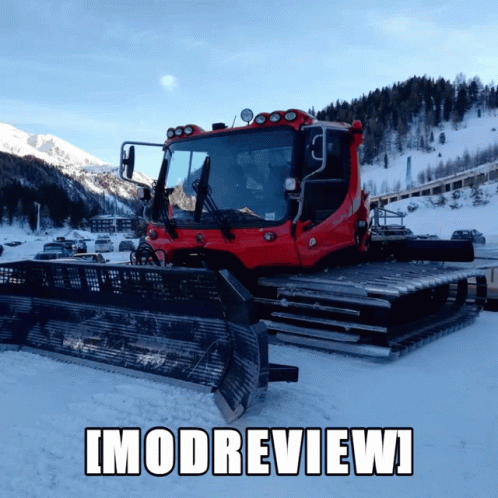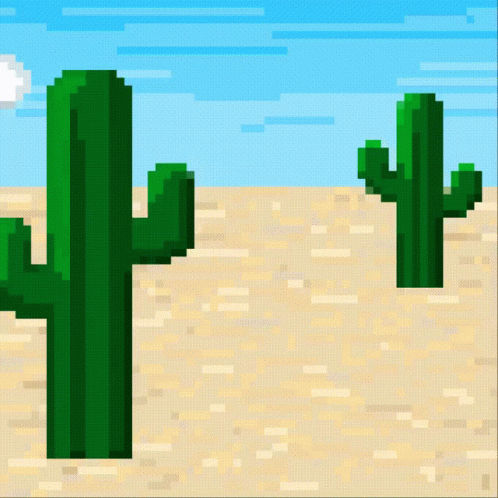Winters Without Snow: The Ripple Effects on Future Seasons

Are you trying to stay warm or warming up Varrock Street Journal Community!?,
Winter landscapes blanketed in snow are a familiar sight in many regions, but in recent years, mild, snowless winters have become more common. While this may seem like just a seasonal anomaly, the consequences of low snowfall extend far beyond winter itself, affecting agriculture, water supply, ecosystems, and even the economy.
So, what happens when winter arrives without its characteristic snow? How do these changes shape the coming spring, summer, and even future winters? In this edition, we explore the science behind snowpack’s role in seasonal cycles, its decline due to climate variability, and what we can expect moving forward.
How a Lack of Snow Impacts the Environment
- Water Supply & Drought Risks Snow acts as a natural reservoir, gradually releasing water into rivers and groundwater supplies as it melts. A winter with low snowfall means reduced spring runoff, leading to water shortages in agriculture, hydroelectric energy, and urban supply (NOAA, 2022).
- The Colorado River Basin, which provides water to 40 million people, has faced increasing water scarcity due to declining snowpack over the past two decades (USGS, 2023).
- Agriculture & Crop Health Many crops, such as winter wheat and alfalfa, rely on snow as an insulating blanket to protect against harsh freezes. Without snow, these crops are more vulnerable to frost damage and root exposure, leading to lower yields and financial losses for farmers (USDA, 2021).
- Soil Health & Pest Populations Snow also regulates soil moisture and protects against erosion. Without it, soils dry out faster, affecting fertility and crop growth in the spring. Additionally, harsh winter freezes normally reduce pest populations—without prolonged cold, pest species like beetles and aphids survive in greater numbers, leading to higher infestation rates in the following seasons (USDA, 2021).
- Economic and Recreational Impacts Snow-dependent tourism—skiing, snowboarding, and winter festivals—is a billion-dollar industry. Low snowfall can devastate ski resorts and local economies.
- In Switzerland, some ski resorts have closed permanently due to lack of snow (Wired, 2023).
- Finland has pioneered “snow farming” techniques, where they store snow from previous winters to ensure ski slopes remain operational (Wired, 2023).

Why This Matters
Snowfall plays a critical role in regulating seasonal water distribution, agricultural cycles, and climate stability. A decline in snowfall levels means:
- Higher risks of drought in regions that rely on snowmelt for water.
- More unpredictable growing seasons for farmers, leading to food supply chain disruptions.
- Greater energy demands as temperatures fluctuate unpredictably.
- Tourism-dependent communities struggle to adapt to changing climate conditions.
Understanding these impacts is crucial for developing effective adaptation strategies, such as improving water conservation, enhancing climate modeling, and adopting agricultural techniques suited for lower snowfall levels.
Spotlight on Future Applications
As snowfall levels decline, scientists and industries are exploring new ways to adapt:
- Artificial Snow & Snow Storage – Some regions are using snow production technologies or stockpiling snow to ensure winter activities can continue.
- Advanced Climate Modeling – Researchers are improving long-term snowfall predictions to help farmers, cities, and water managers better prepare for changing conditions.
- Drought-Resistant Crops – Scientists are developing crops that require less water and can withstand extreme temperature fluctuations (USDA, 2021).

Snow isn’t just about winter scenery—it is a crucial factor in global climate regulation, water management, and food production. As climate variability leads to more snowless winters, proactive solutions will be necessary to mitigate the long-term consequences. By improving resource management, investing in climate research, and adapting infrastructure, we can build resilience to a changing seasonal landscape.
Reflection Questions
- What strategies can cities implement to deal with reduced snowfall?
- How can agriculture adapt to shorter, drier winters?
- Should artificial snow be widely adopted for winter tourism, or are there more sustainable solutions?
Thank you for reading this edition of The Varrock Street Journal! We hope this discussion provided valuable insights. Until next time, keep informed and stay warm!
Follow us on TikTok and Instagram for more discussions on science, health, and technology!
References
- NASA. (2021). Shrinking glaciers: The impact of declining snowfall. NASA Earth Observatory. Retrieved from nasa.gov.
- NOAA. (2022). The impact of reduced snowpack on water resources. National Oceanic and Atmospheric Administration. Retrieved from noaa.gov.
- USGS. (2023). Water availability in the Colorado River Basin. United States Geological Survey. Retrieved from usgs.gov.
- USDA. (2021). Soil health in winter: The role of snow. United States Department of Agriculture. Retrieved from usda.gov.
- Wired. (2023). Ski resorts are stockpiling snow to get through warm winters. Wired Magazine. Retrieved from wired.com.
